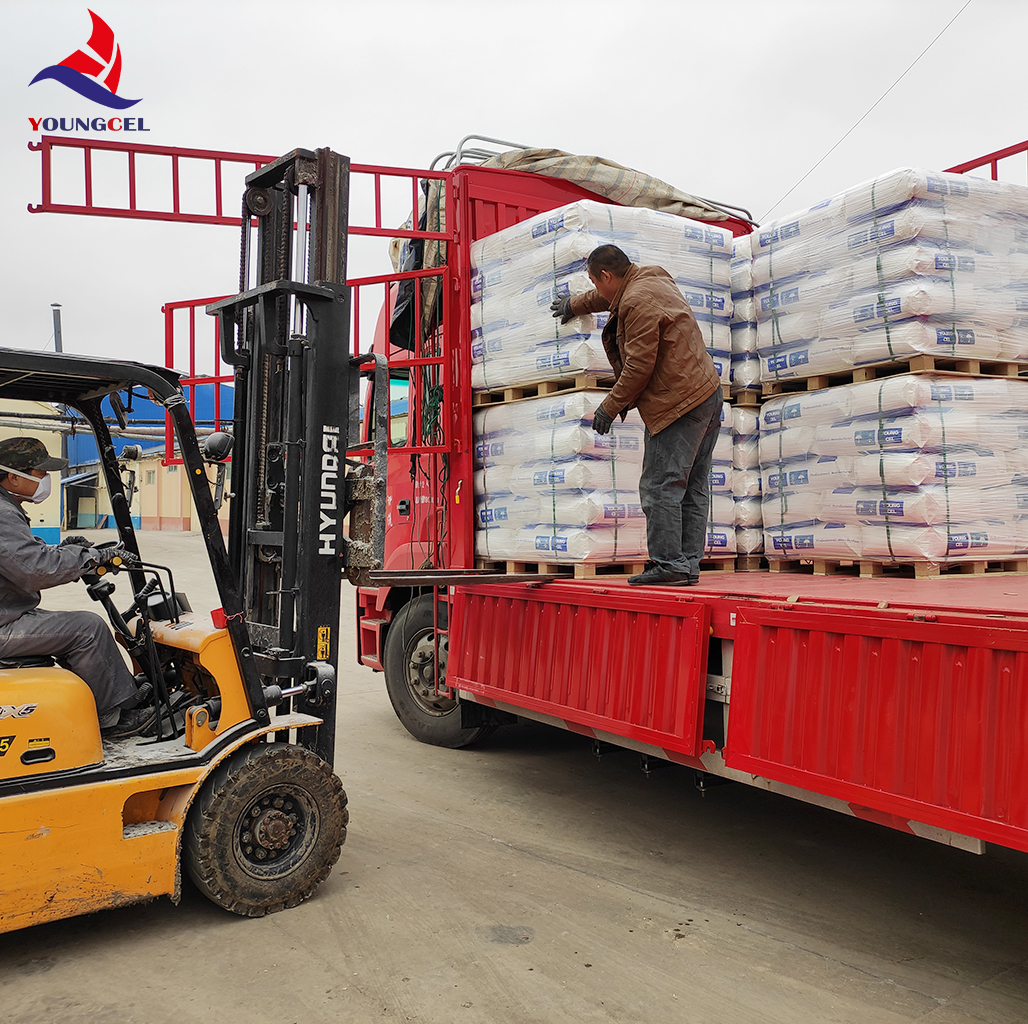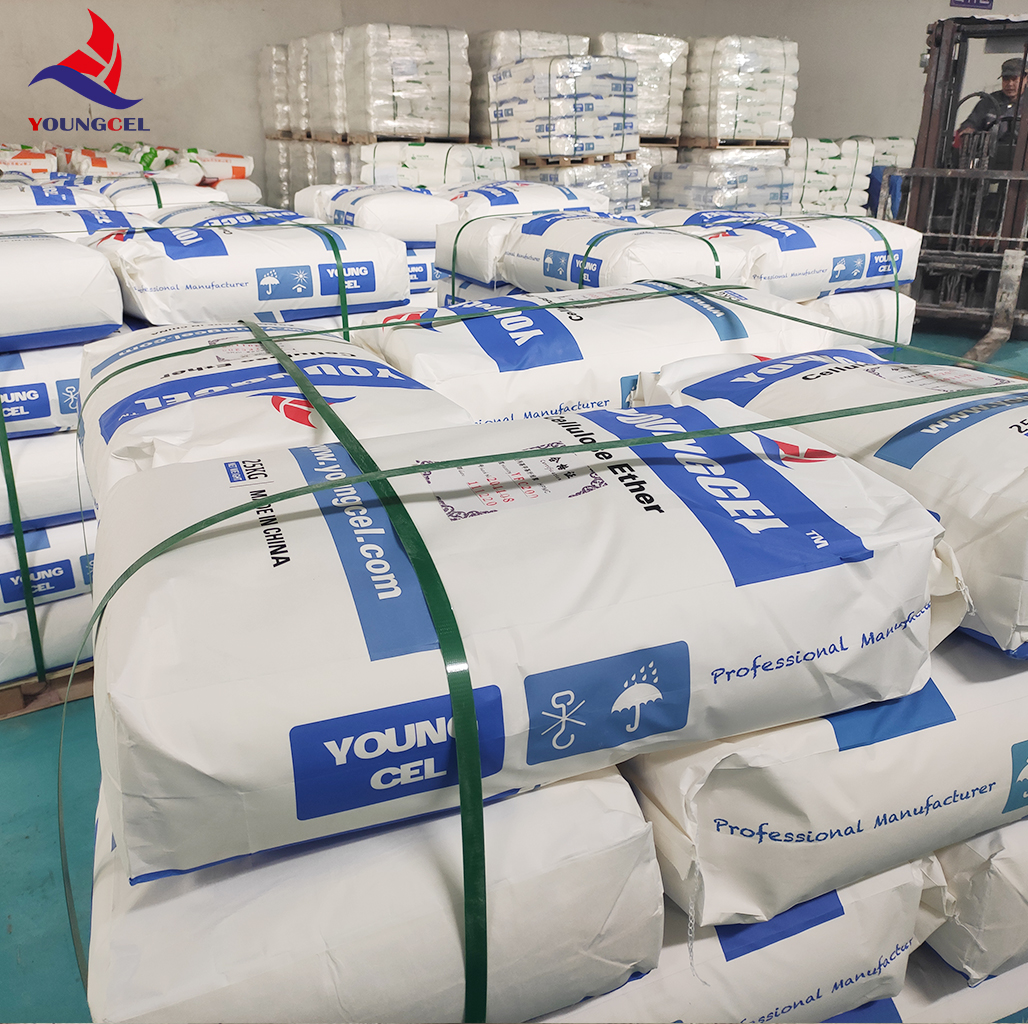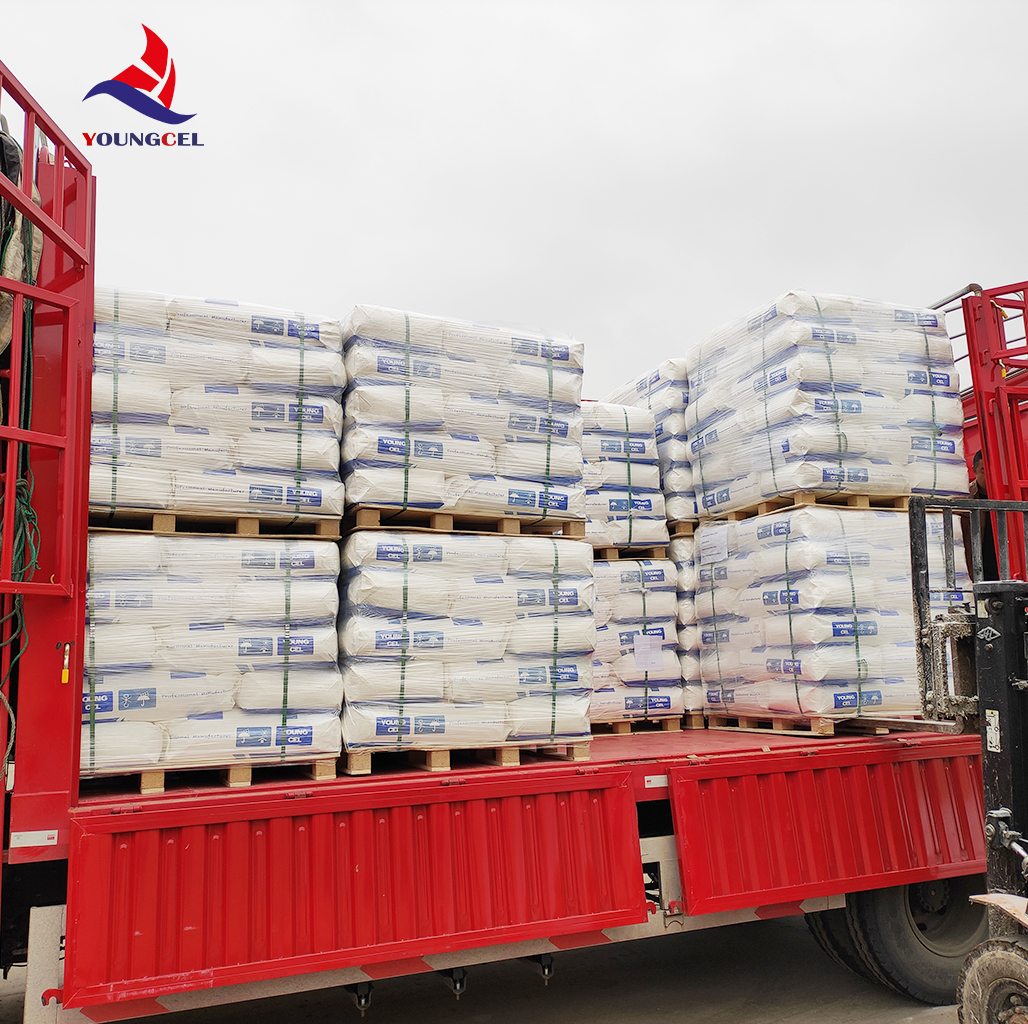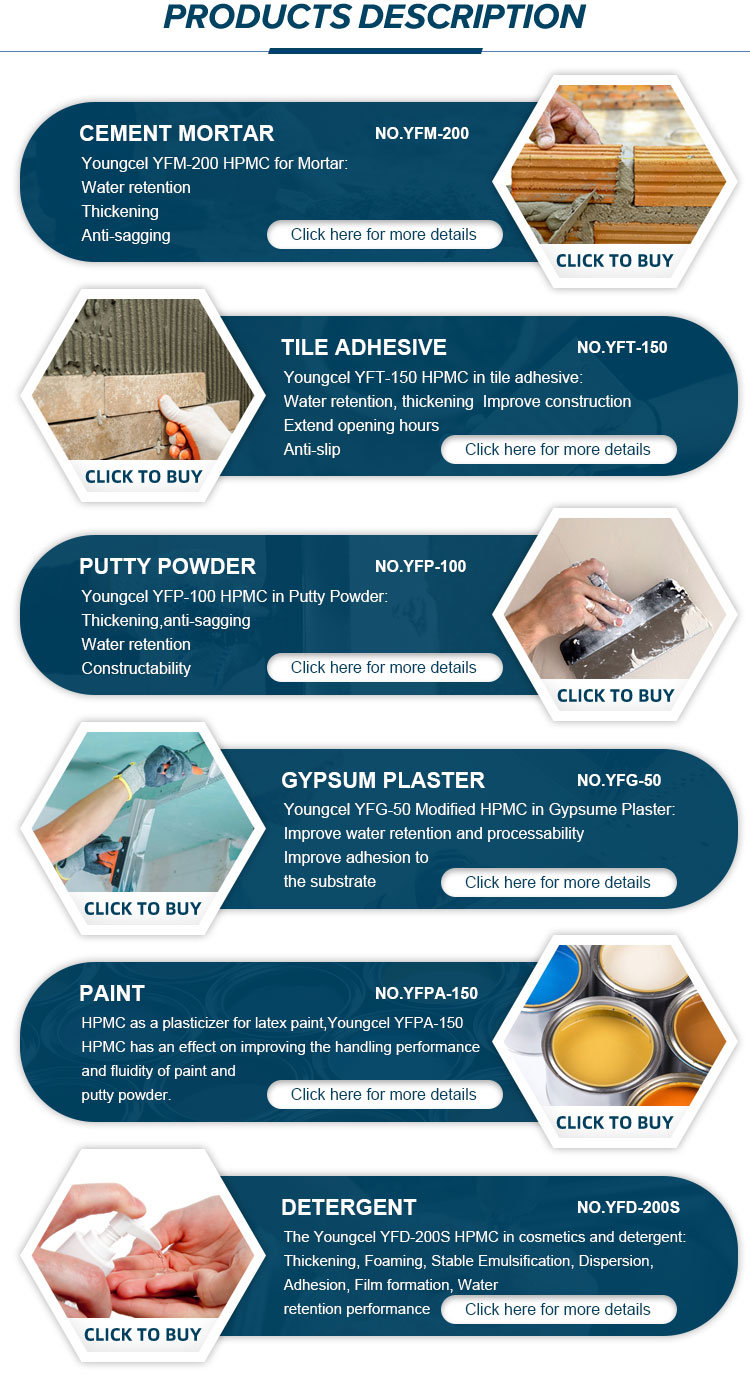Hydroxypropyl Methyl Cellulose (HPMC) is a versatile chemical additive widely used in the construction industry. As a derivative of cellulose, it offers exceptional performance in applications such as tile adhesives, cement mortars, and gypsum-based products. This article provides an in-depth analysis of its technical specifications, functional advantages, application scenarios, and the company background behind this innovative material.
Product Overview
HPMC is a white or milky white powder with a carbonization temperature ranging from 280–300°C and a color temperature of 190–200°C. Its particle size is highly refined, with 98.8% passing through 100 mesh and 99.9% through 80 mesh. Special specifications may include 40–60 mesh particles. The apparent density is 0.25–0.70 g/cm³, while its specific gravity falls between 1.26–1.31. HPMC is soluble in water and certain solvents, such as ethanol/water or propanol/water mixtures, forming transparent, stable aqueous solutions with surface activity. These properties make it a critical component in construction materials.



Key Functional Advantages
HPMC is prized for its thickening ability, salt resistance, low ash content, pH stability, water retention, dimensional stability, film-forming properties, and mildew resistance. These characteristics enhance the workability, adhesion, and durability of construction materials. For instance, in cement mortars, HPMC improves fluidity and water retention, ensuring even application and reducing cracking. In ceramic tile cement, it acts as a suspension agent and adhesion enhancer, preventing slippage during installation.
According to NIST (National Institute of Standards and Technology), cellulose ethers like HPMC are critical for optimizing the rheological properties of cementitious systems. Their high water retention ensures consistent hydration of cement, while their film-forming ability creates a protective barrier against moisture loss (NIST, 2023).
Technical Specifications Table
| Parameter | Specification |
|---|---|
| Appearance | Milky white or white powder |
| Carbonization Temperature | 280–300°C |
| Color Temperature | 190–200°C |
| Particle Size | 100 mesh: >98.8%; 80 mesh: 99.9%; 40–60 mesh (special) |
| Apparent Density | 0.25–0.70 g/cm³ |
| Specific Gravity | 1.26–1.31 |
| Solubility | Water and ethanol/water, propanol/water mixtures |
Applications in the Construction Industry
HPMC is a multi-functional additive in various construction applications:
- Cement Mortar: Enhances workability and reduces shrinkage.
- Ceramic Tile Cement: Improves adhesion and prevents tile slippage.
- Refractory Coatings: Acts as a suspension agent and improves substrate adhesion.
- Gypsum Coagulant Slurry: Increases water retention and substrate adhesion.
- Joint Cement: Added to gypsum board joint cement to improve fluidity and water retention.


Company Background: Shijiazhuang Gaocheng District Yongfeng Cellulose Co., Ltd.
Shijiazhuang Gaocheng District Yongfeng Cellulose Co., Ltd. is a leading manufacturer of cellulose derivatives and chemical additives. Based in Hebei Province, China, the company specializes in producing Hydroxypropyl Methyl Cellulose (HPMC) for construction, pharmaceutical, and industrial applications. With a commitment to quality control and innovation, Yongfeng Cellulose ensures its products meet international standards.
For more information about the company, visit their official website.
Why Choose HPMC for Construction?
HPMC offers several distinct advantages over traditional additives:
- Enhanced Workability: Improves the flow and spreadability of cementitious materials.
- Improved Adhesion: Strengthens the bond between tiles and substrates.
- Moisture Retention: Ensures proper curing of cement and reduces cracking.
- Cost-Effective: Reduces material waste and labor costs through improved performance.
Conclusion
Hydroxypropyl Methyl Cellulose (HPMC) is a critical component in modern construction materials, offering superior performance in tile adhesives, cement mortars, and gypsum products. Its unique properties make it an ideal choice for enhancing workability, adhesion, and durability in construction applications. By partnering with Shijiazhuang Gaocheng District Yongfeng Cellulose Co., Ltd., users can access high-quality HPMC that meets global standards.
References
NIST (National Institute of Standards and Technology). (2023). Rheological Properties of Cementitious Systems. Retrieved from https://www.nist.gov.
For detailed product specifications, visit the official product page.
-
Understanding Methyl 2 Hydroxyethyl Cellulose: Uses, Benefits & Industry InsightsNewsNov.24,2025
-
Hydroxyethyl Methyl Cellulose HEMC: Industrial Uses, Benefits & Future TrendsNewsNov.23,2025
-
HEMC Cellulose: Versatile & Sustainable Industrial Polymer | YoungcelNewsNov.23,2025
-
Methyl Hydroxyethyl Cellulose: Versatile Building Block for Industry & SustainabilityNewsNov.23,2025
-
CAS 9032 42 2: Understanding Polyvinyl Alcohol's Impact on Industry & SustainabilityNewsNov.22,2025
-
Hydroxyethyl Methyl Cellulose: Versatile Solutions for Modern Industry and SustainabilityNewsNov.22,2025




